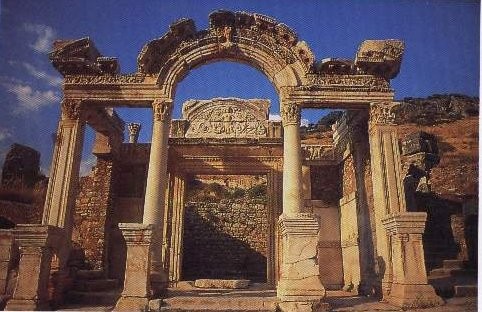
The White Moon Gallery Presents

Project Created by Kerritwyn )0(
© All original material in this site is under copyright protection
and is
the intellectual property of the author.

Ephesian Artemis
Courtesy of the Corel Corporation

Artemis
Here is the virgin Goddess,
Artemis,
Running across the mountains of Taygetos,
Or up the steep hills of Erymanthos,
Running with her maidens,
Running with the deer,
Accompanied by birds,
Ranging widely in the wilderness,
Playful and strong and free and beautiful:
The heart of her Mother is glad.
Homer, The
Odyssey
(1)
© All original material in this site is under copyright protection
and is
the intellectual property of the author.

Ephesian Artemis
Courtesy of the Corel Corporation

Artemis
Here is the virgin Goddess,
Artemis,
Running across the mountains of Taygetos,
Or up the steep hills of Erymanthos,
Running with her maidens,
Running with the deer,
Accompanied by birds,
Ranging widely in the wilderness,
Playful and strong and free and beautiful:
The heart of her Mother is glad.
Homer, The
Odyssey
(1)
Courtesy of the Corel Corporation
Here is the virgin Goddess,
Artemis,
Running across the mountains of Taygetos,
Or up the steep hills of Erymanthos,
Running with her maidens,
Running with the deer,
Accompanied by birds,
Ranging widely in the wilderness,
Playful and strong and free and beautiful:
The heart of her Mother is glad.
Homer, The Odyssey (1)



